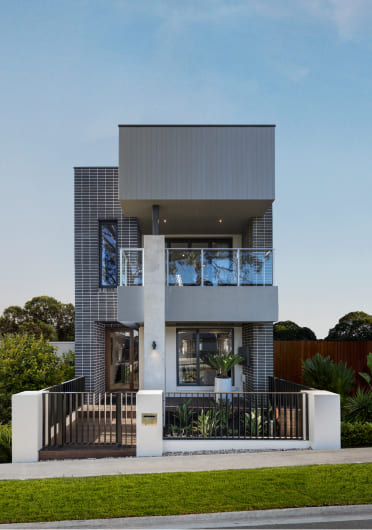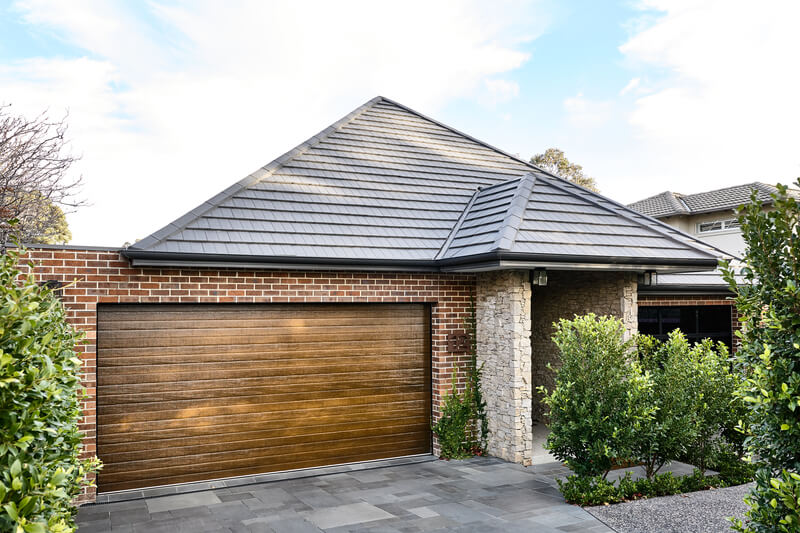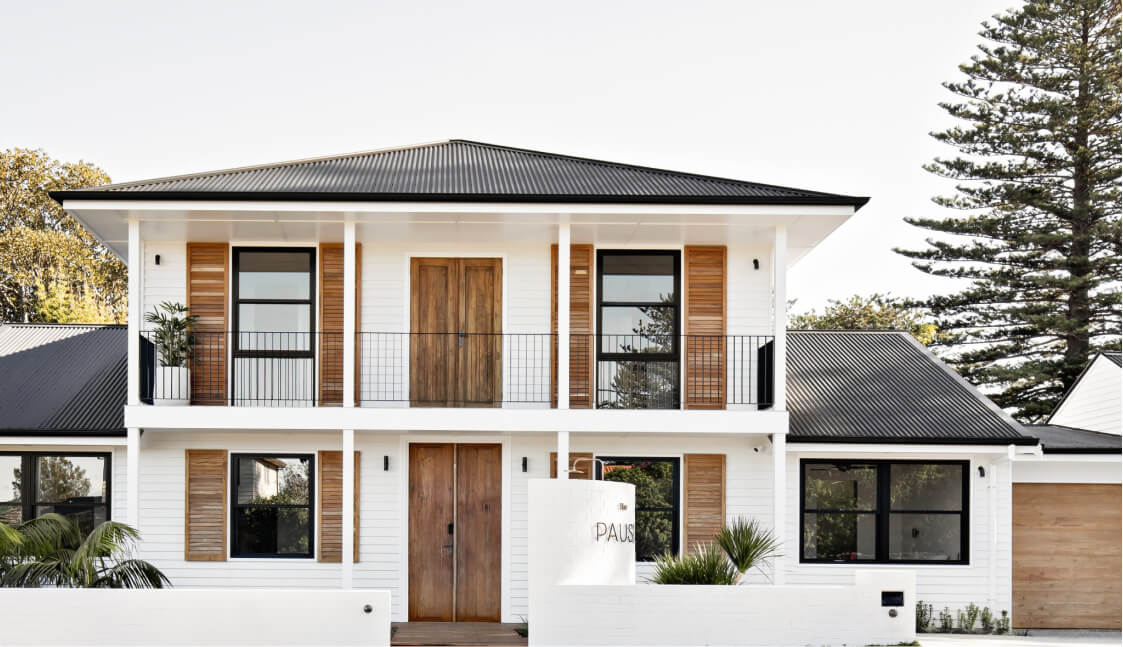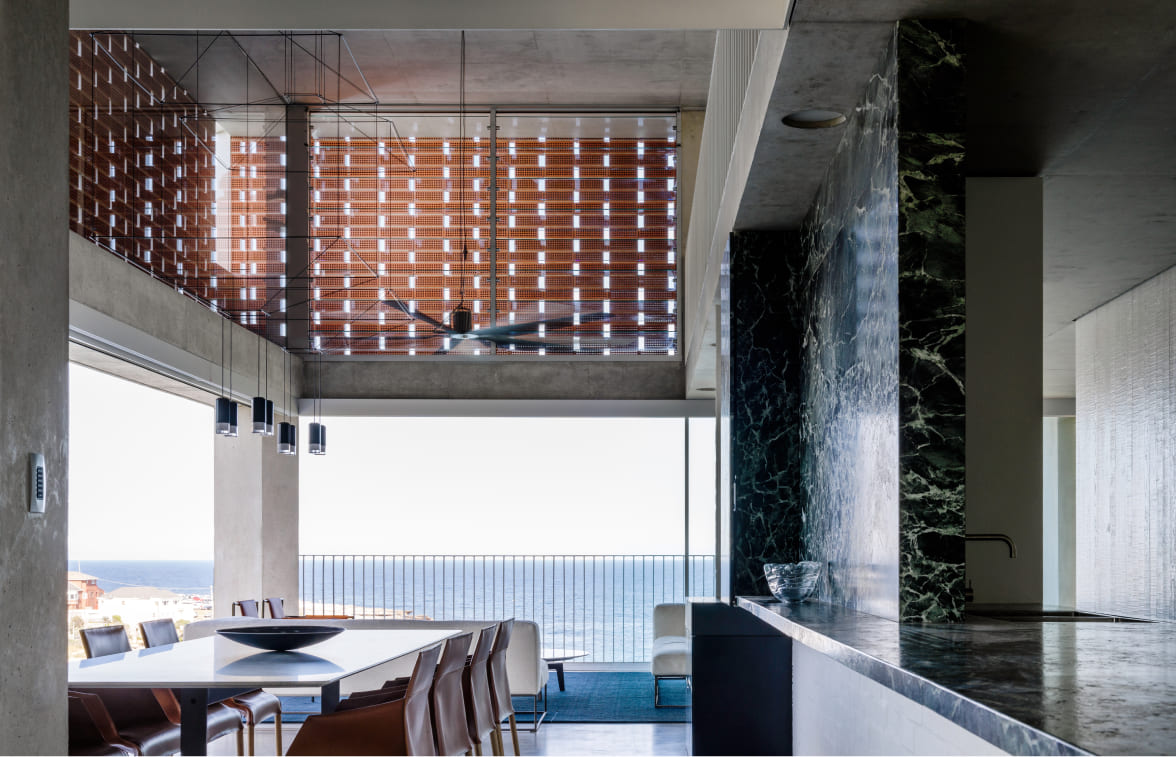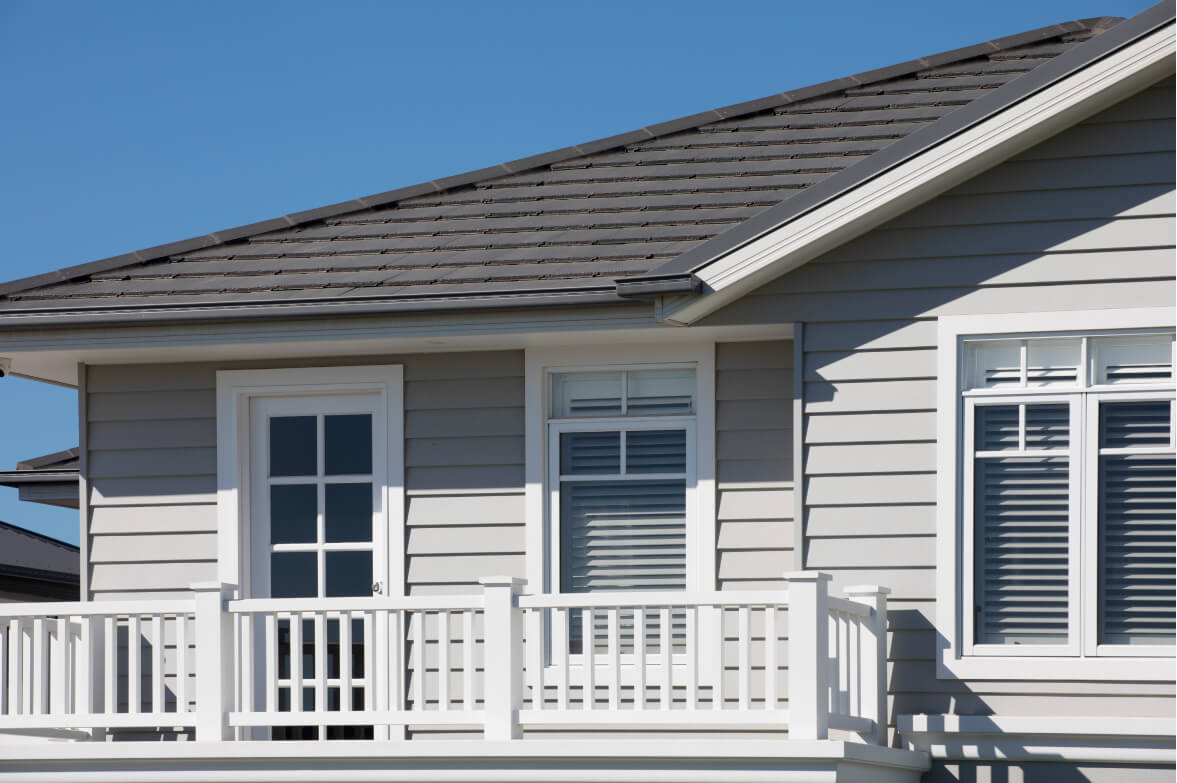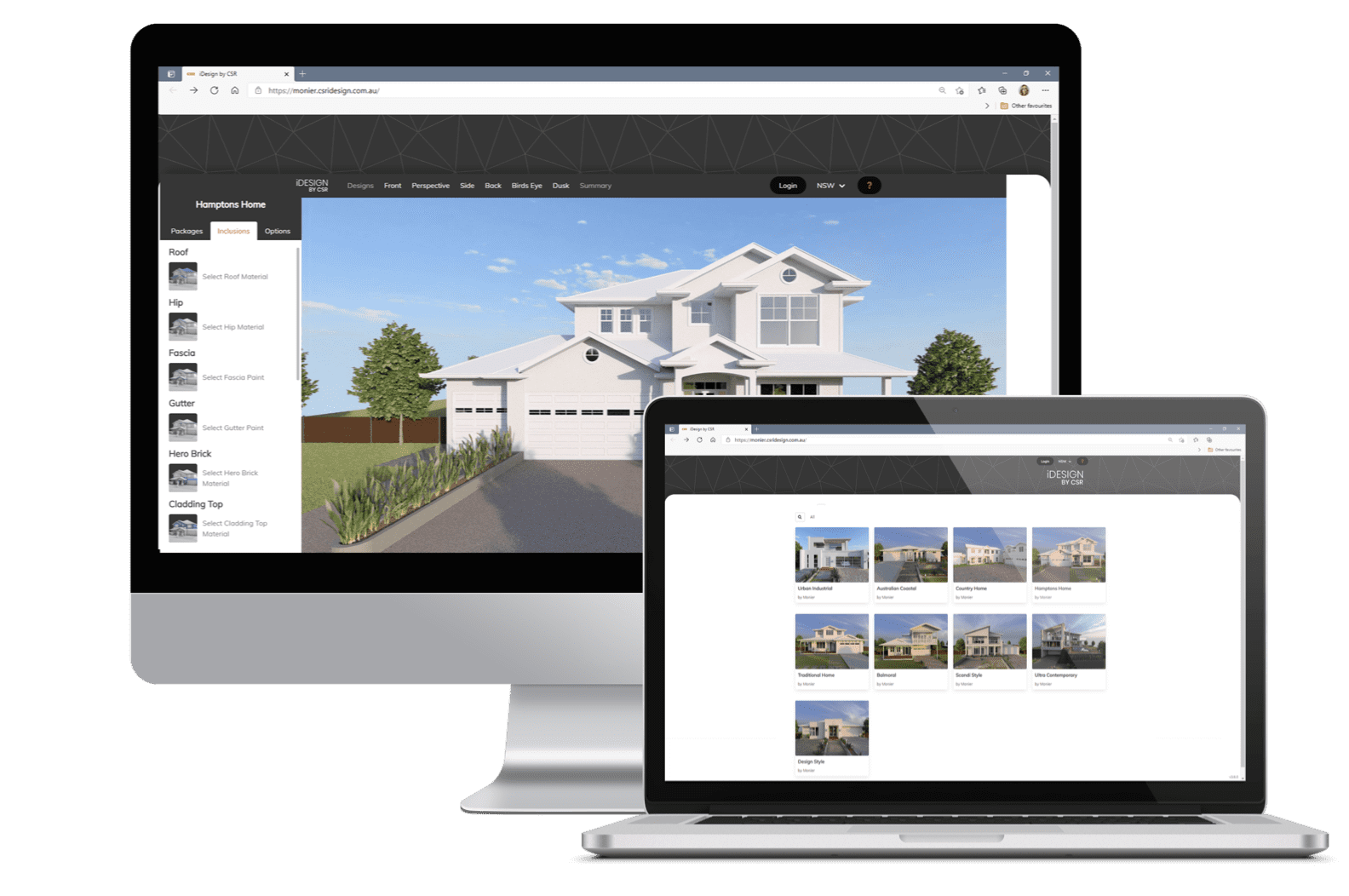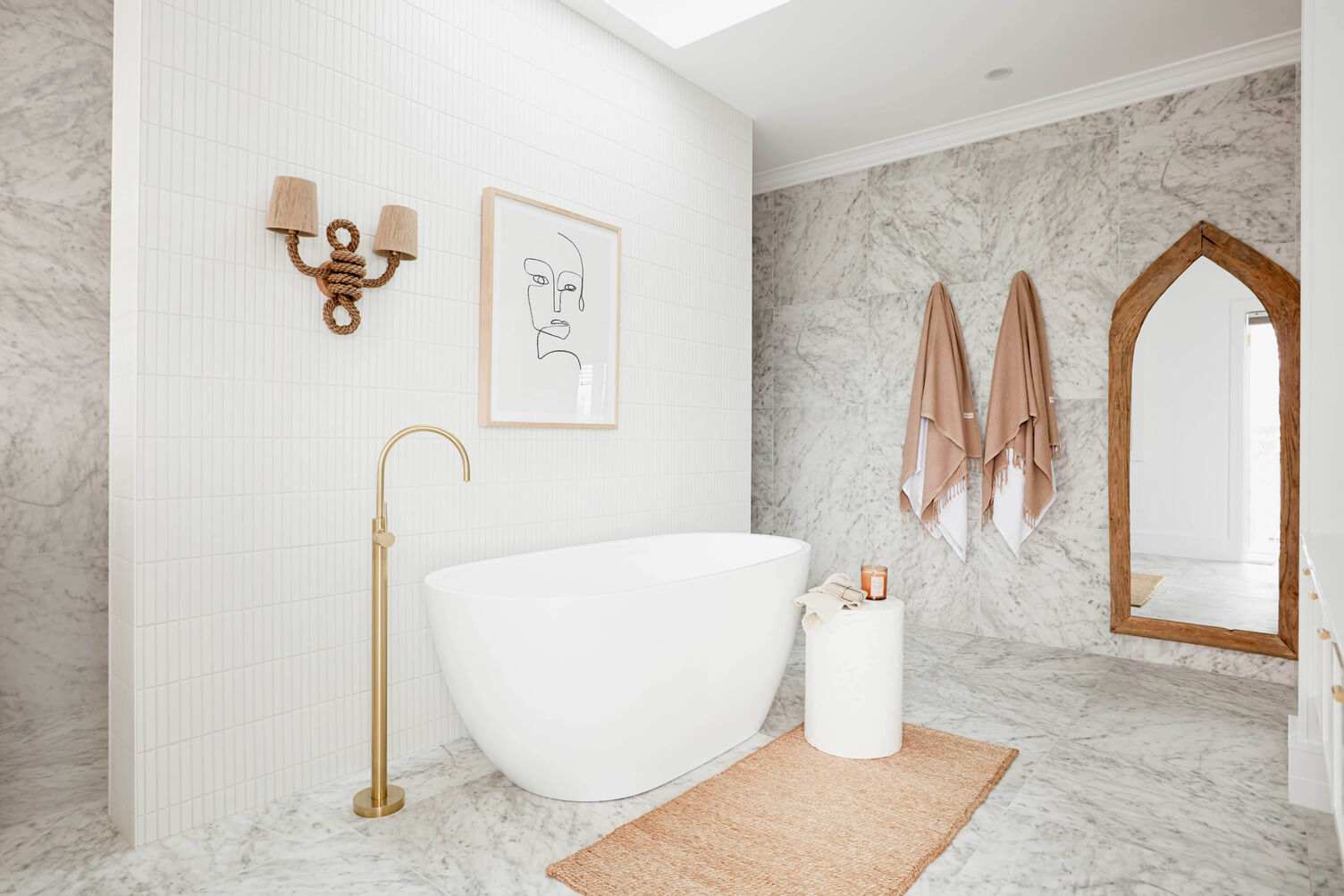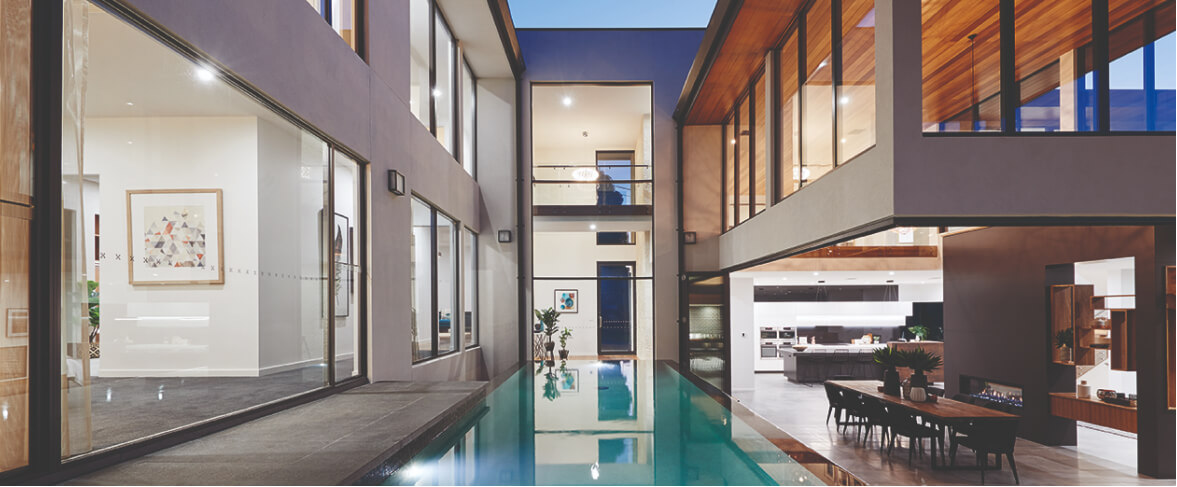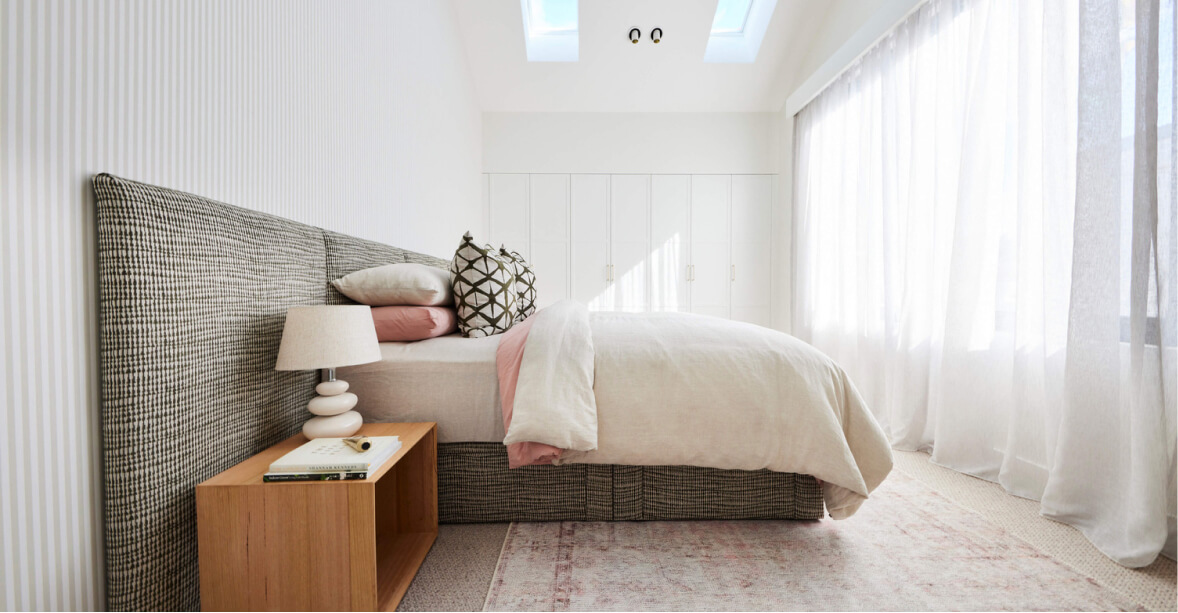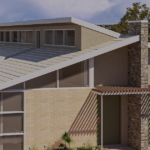By now, the impacts of COVID-19 and the rollercoaster of coming in and out of lockdown has affected all of us. These protection measures are definitely necessary, however they can be particularly frustrating if you happen to be in the middle of building your dream home. Needing to have lots of different people like builders, plumbers, electricians, carpenters and bricklayers all on-site definitely gets tricky, not to mention having access to all the materials your tradesmen need!
However, this seems to be our new way of life for now, so all we can do is try to make the best of it and protect our families and communities. Fortunately, construction is still being allowed to continue, so there’s no need to put your grand home plans on the backburner.
Display homes and selection centers may be shut but we’re here to take you through some useful tips, guides and tools that you can use to keep your homebuilding dream alive – no matter how difficult it may seem!
